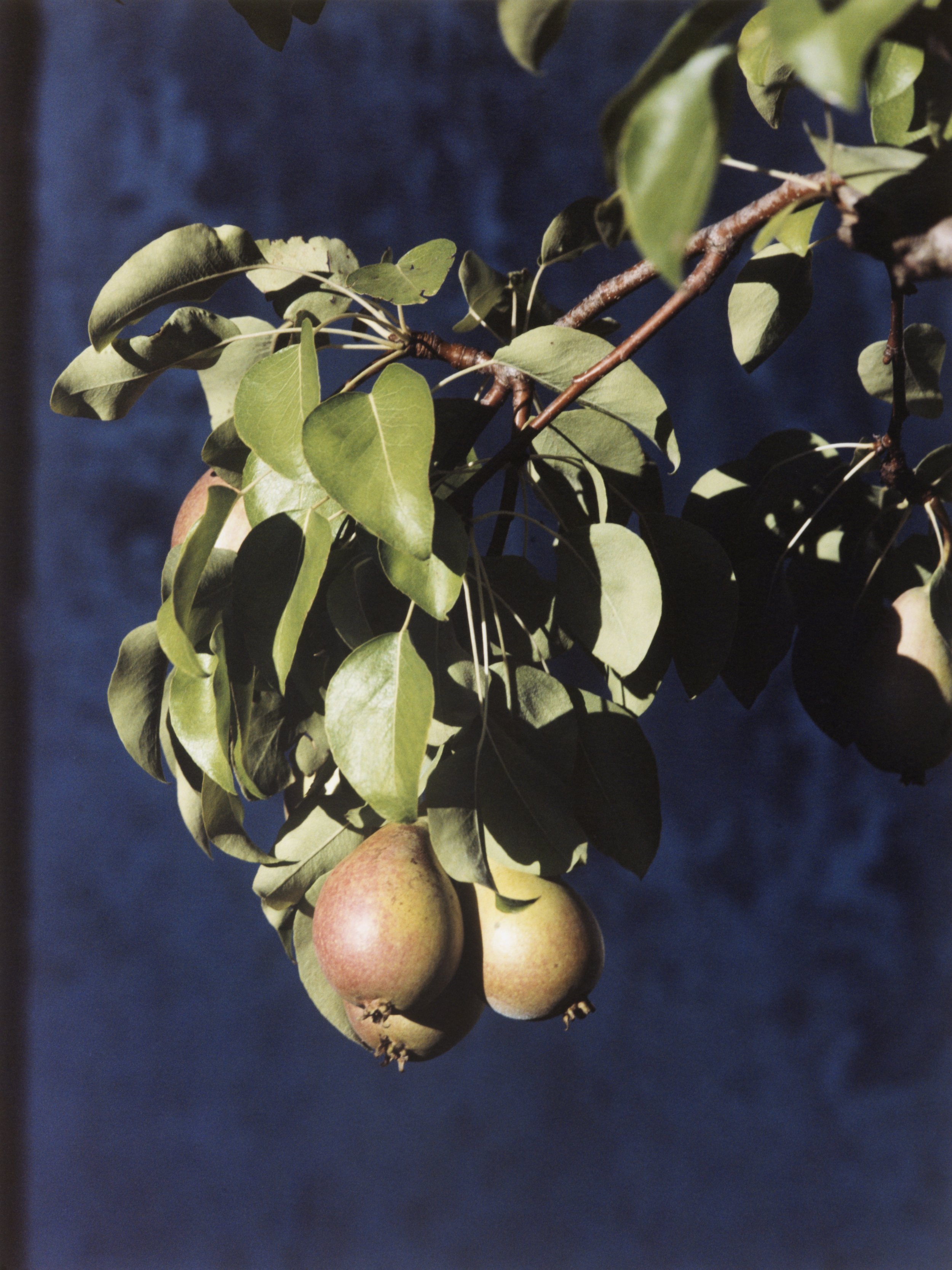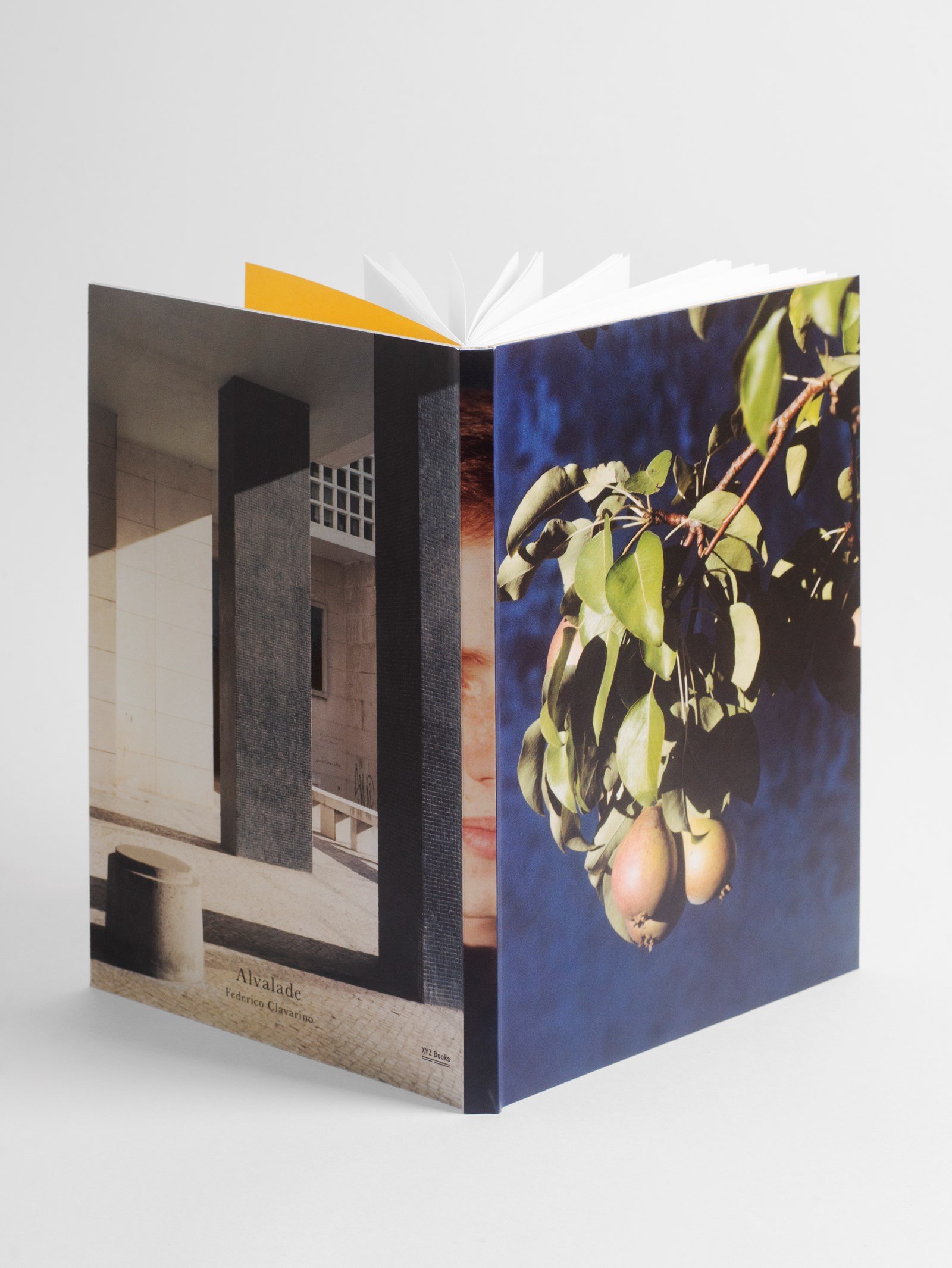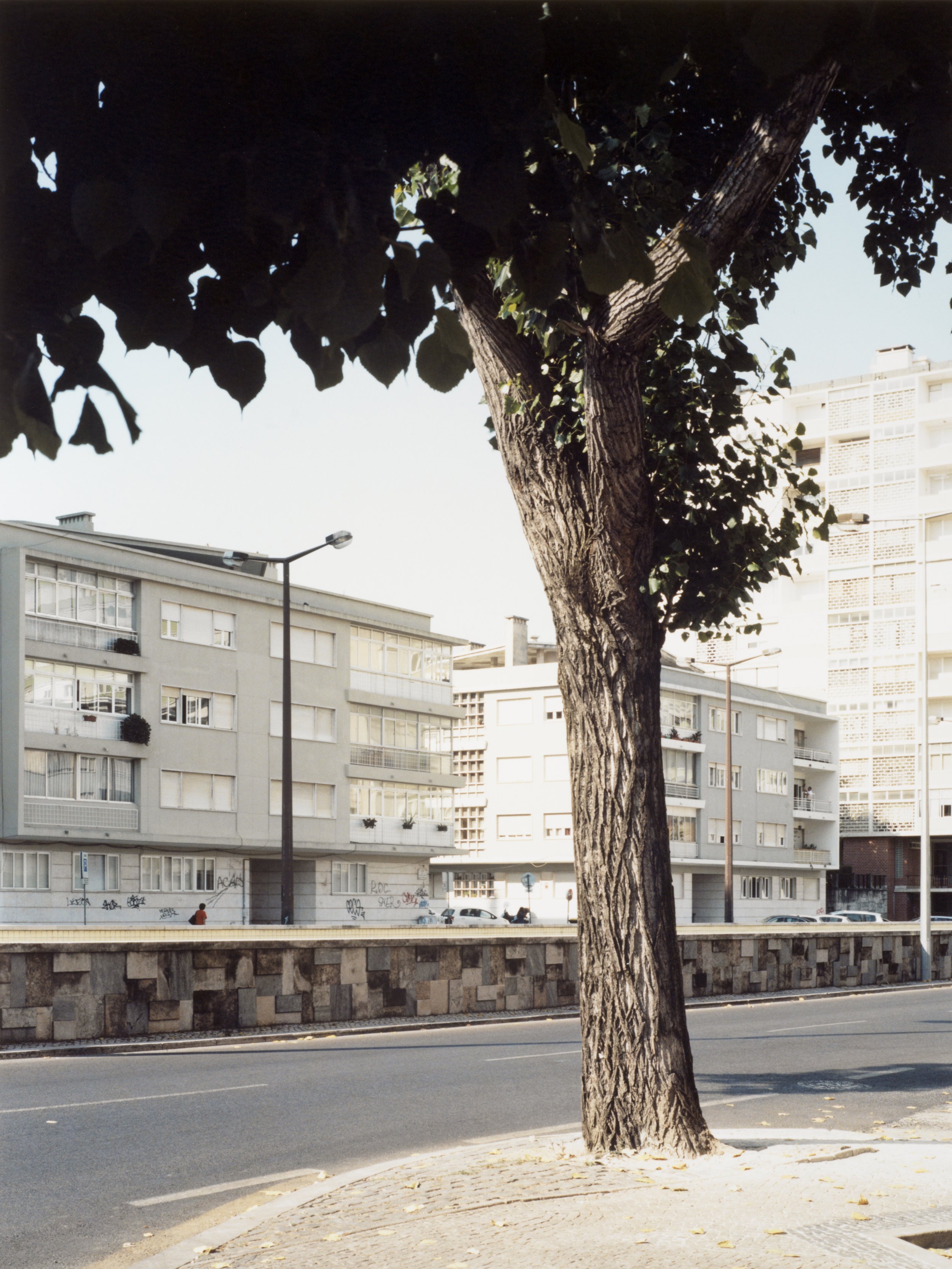 Image 1 of 10
Image 1 of 10

 Image 2 of 10
Image 2 of 10

 Image 3 of 10
Image 3 of 10

 Image 4 of 10
Image 4 of 10

 Image 5 of 10
Image 5 of 10

 Image 6 of 10
Image 6 of 10

 Image 7 of 10
Image 7 of 10

 Image 8 of 10
Image 8 of 10

 Image 9 of 10
Image 9 of 10

 Image 10 of 10
Image 10 of 10











Alvalade / Federico Clavarino
The area now called Alvalade was mainly agricultural land before the 1940s. Alvalade was to be the first neighbourhood in the city that would adhere to modernist criteria of urbanisation. It was to embody together the dream of a modern Lisbon and the idea of order the regime was interested in promoting. The most recent theories in urbanism were there mixed together and translated into a traditionalist aesthetics capable to digest it all. The neighbourhood was meant to house all of the social classes into different kinds of housing around eight different schools.
Alvalade today is a rather peaceful place, although quite a few things have changed. An airport was built next to it, and planes carrying mostly tourists land and depart every 4 or 5 minutes, flying low over people’s homes. The old apartments meant for the poor have increased in value, but are still too small to be interesting for the upper class, still lodged into the larger houses on the other side of Avenida de Roma. Teenagers meet here and there after school, in little clusters. There is green everywhere: trees, flowers, little gardens in between buildings.
Federico Clavarino's interest lies in how the past and the present overlap and interfere with each other, discrediting the idea of a linear progress; in how objects, images and gestures embody ideology; in how the invisible forces of political imagination shape the visible world and yet cannot fully control the everyday reality that is made by those who in fact inhabit spaces.
The area now called Alvalade was mainly agricultural land before the 1940s. Alvalade was to be the first neighbourhood in the city that would adhere to modernist criteria of urbanisation. It was to embody together the dream of a modern Lisbon and the idea of order the regime was interested in promoting. The most recent theories in urbanism were there mixed together and translated into a traditionalist aesthetics capable to digest it all. The neighbourhood was meant to house all of the social classes into different kinds of housing around eight different schools.
Alvalade today is a rather peaceful place, although quite a few things have changed. An airport was built next to it, and planes carrying mostly tourists land and depart every 4 or 5 minutes, flying low over people’s homes. The old apartments meant for the poor have increased in value, but are still too small to be interesting for the upper class, still lodged into the larger houses on the other side of Avenida de Roma. Teenagers meet here and there after school, in little clusters. There is green everywhere: trees, flowers, little gardens in between buildings.
Federico Clavarino's interest lies in how the past and the present overlap and interfere with each other, discrediting the idea of a linear progress; in how objects, images and gestures embody ideology; in how the invisible forces of political imagination shape the visible world and yet cannot fully control the everyday reality that is made by those who in fact inhabit spaces.
The area now called Alvalade was mainly agricultural land before the 1940s. Alvalade was to be the first neighbourhood in the city that would adhere to modernist criteria of urbanisation. It was to embody together the dream of a modern Lisbon and the idea of order the regime was interested in promoting. The most recent theories in urbanism were there mixed together and translated into a traditionalist aesthetics capable to digest it all. The neighbourhood was meant to house all of the social classes into different kinds of housing around eight different schools.
Alvalade today is a rather peaceful place, although quite a few things have changed. An airport was built next to it, and planes carrying mostly tourists land and depart every 4 or 5 minutes, flying low over people’s homes. The old apartments meant for the poor have increased in value, but are still too small to be interesting for the upper class, still lodged into the larger houses on the other side of Avenida de Roma. Teenagers meet here and there after school, in little clusters. There is green everywhere: trees, flowers, little gardens in between buildings.
Federico Clavarino's interest lies in how the past and the present overlap and interfere with each other, discrediting the idea of a linear progress; in how objects, images and gestures embody ideology; in how the invisible forces of political imagination shape the visible world and yet cannot fully control the everyday reality that is made by those who in fact inhabit spaces.
Photographs and Editing: Federico Clavarino
Design: ilhas studio
Text: Joana Cisneiros
Prepress: La Troupe
Printing: Norprint
2019
XYZ Books
64 pages
19,5 x 27,5 cm
Hardcover
Offset Print
First edition
Edition of 400
ISBN 978-989-99063-8-9
Shortlisted for:
- Finalist for Felifa International Book Award 2021
- Best Photography Book Award PHotoESPAÑA2020
